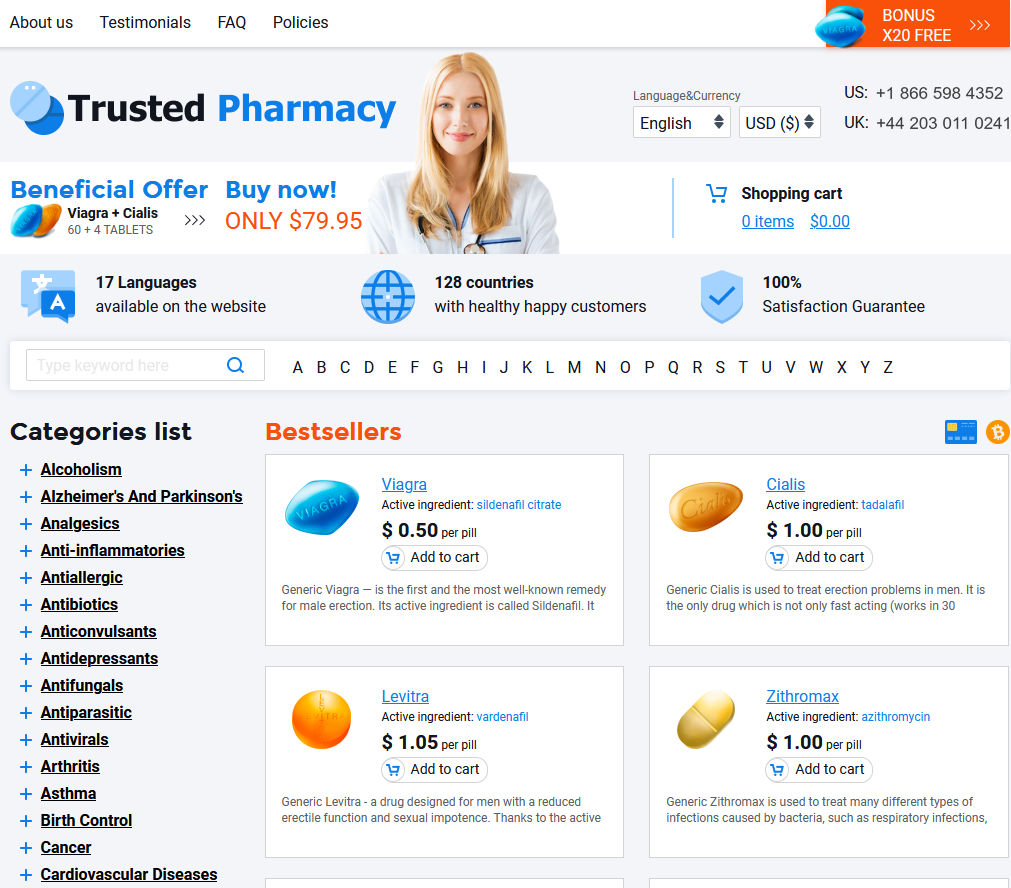Estradiol and Bone Health: What You Need to Know
How Estradiol Influences Bone Strength and Structure
Estradiol, a key form of estrogen, acts as an architect in building and maintaining our bones. By stimulating cells called osteoblasts, estradiol encourages the formation of new bone while simultaneously slowing the breakdown caused by osteoclasts. This finely tuned balance helps keep bones dense and strong throughout life.
As estradiol levels shift, such as during menopause, this protective effect weakens. The result can be more fragile bones and increased risk of fractures. Understanding estradiol’s vital role is the first step in protecting bone health.
| Estradiol Role | Impact on Bone |
|---|---|
| Stimulates osteoblasts | Promotes bone formation |
| Inhibits osteoclasts | Reduces bone breakdown |
Key Life Stages When Estradiol Levels Shift

Throughout life, the body’s production of estradiol fluctuates in distinct patterns. During puberty, rising estradiol levels help shape bone growth and density, laying the foundation for long-term skeletal strength. In the reproductive years, the hormone supports ongoing bone maintenance, balancing bone formation and resorption for optimal structure.
However, childbirth and breastfeeding can temporarily alter estradiol concentrations, subtly impacting bone metabolism. The most significant change occurs at menopause, when estradiol drops sharply. This decline leads to increased bone loss and a greater risk of osteoporosis. Understanding how estradiol shifts over the years helps individuals and healthcare providers anticipate, monitor, and address potential bone health concerns proactively.
Signs of Low Estradiol and Bone Health Risks
When estradiol levels begin to drop, the bones often send subtle warnings. You may notice an increase in joint aches or experience changes in posture as spinal bone density decreases. Some individuals even encounter unexplained fractures after minor bumps or falls—a silent signal that bone strength is compromised.
As estradiol is crucial for maintaining bone remodeling, low levels accelerate the loss of bone mass. Over time, this leads to bones becoming more brittle and porous, greatly increasing the risk of osteoporosis.
Women, especially during menopause, are particularly vulnerable to rapid bone loss. This transition can make fractures more likely, even after small injuries.
Paying close attention to shifts in physical well-being is essential. Early detection enables medical intervention and preventive strategies, protecting long-term bone health as estradiol declines.
Hormone Replacement Therapy: Benefits and Considerations

For many women, especially during and after menopause, declining estradiol levels can lead to a significant loss of bone density. Hormone therapy offers a pathway to restore estradiol levels, helping to maintain strong bones and reduce the risk of fractures. Research shows that this approach can decrease the likelihood of osteoporosis, particularly when started around the time of menopausal transition.
However, starting hormone therapy isn’t a one-size-fits-all solution. There are important factors to weigh, such as age, medical history, and length of treatment. Some women may face increased risks of certain cancers or cardiovascular issues. Consulting your healthcare provider ensures a personalized, safe approach to managing bone health.
Lifestyle Tips to Enhance Estradiol and Bone Density
Building and maintaining strong bones is an active, daily commitment that intertwines with our overall health. Regular weight-bearing exercises, such as brisk walking, dancing, or resistance training, help stimulate estradiol production and strengthen bone tissue. Managing stress levels through mindfulness practices like yoga or meditation may also support balanced hormone levels, benefiting both your bones and general well-being.
Prioritizing restful sleep and avoiding smoking and excessive alcohol are simple lifestyle shifts with a profound impact on estradiol regulation. Sunlight exposure, which aids vitamin D synthesis, is another important factor—try to spend some time outdoors each day. Together, these habits create a foundation for robust estradiol levels and healthier bones as you age.
| Habit | Benefit for Estradiol & Bones |
|---|---|
| Weight-bearing Exercise | Stimulates estradiol, boosts bone density |
| Stress Reduction | Encourages hormone balance |
| Quality Sleep | Supports estradiol regulation |
| Sunlight Exposure | Enhances vitamin D & bone health |
Foods and Nutrients That Support Hormonal Balance
A well-balanced diet plays a pivotal role in supporting estradiol production and protecting bone health. Leafy greens like kale and spinach are packed with calcium and magnesium, essential minerals that help maintain bone density and proper hormone function. Whole soy products—including tofu and edamame—contain phytoestrogens, plant compounds that gently mimic estradiol within the body, providing an additional source of hormone support, especially for women in perimenopause or menopause.
Colorful fruits, particularly berries, cherries, and citrus, are rich in antioxidants and vitamin C, both of which help combat inflammation and assist in collagen production for bone flexibility and strength. Nuts and seeds like almonds, flaxseeds, and chia seeds provide healthy fats and omega-3s, important for hormone synthesis.
Finally, don’t overlook vitamin D and zinc from sources such as eggs, fortified dairy, and seafood, which play crucial roles in optimal bone metabolism and hormonal balance. Making these nutrients a regular part of your meals can help sustain hormone health and enhance lifelong bone vitality.

